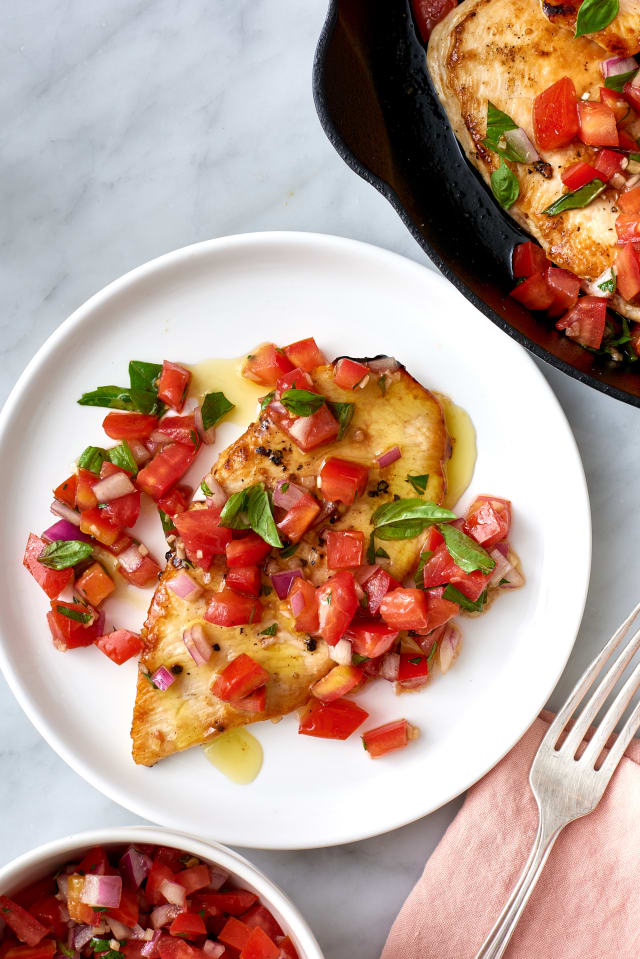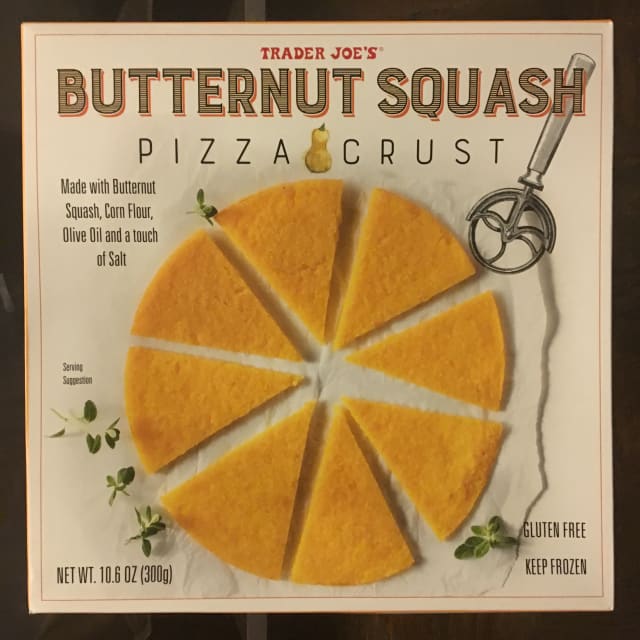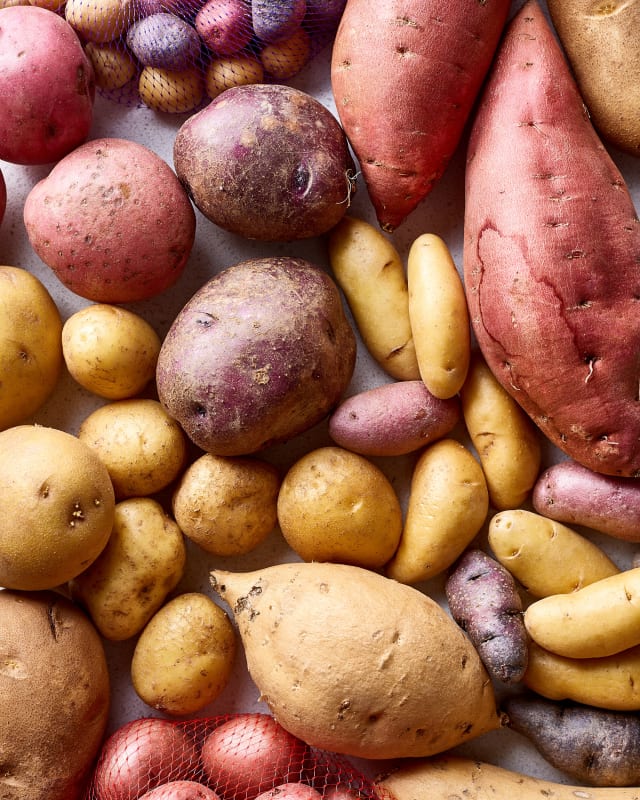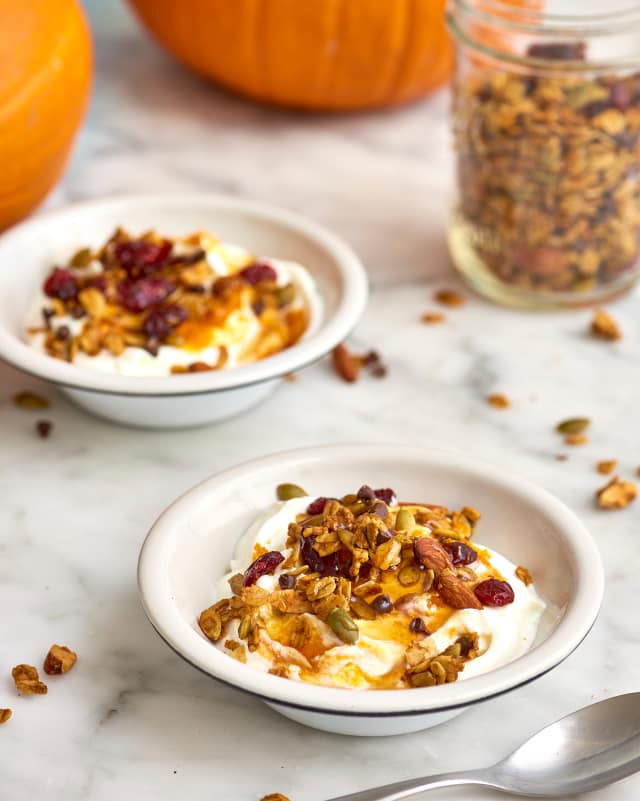This
post was originally published on
this sitehttp://www.marksdailyapple.com/
 Last week, Craig Emmerich graced us with a great post on the oxidative priority of various dietary fuel sources, namely fats, carbohydrates, and protein.
Last week, Craig Emmerich graced us with a great post on the oxidative priority of various dietary fuel sources, namely fats, carbohydrates, and protein.
If you haven’t had the chance to read through Craig’s post, definitely do. The visuals really drive home the point of fuel priority. Visuals appeal to me. They have a way of sticking with you, and there’s a power in recalling them when you’re making daily choices.
Today, I’m going through and answering some of the questions you folks had in the comment board.
I’m actually answering a great series of questions from Gerard.
I’ve seen this analysis before, and always had the question – can we really lump “carbohydrates” together like this?
No, we can’t. Craig gave a great overview, a useful 30,000 foot view that’s sufficient for most people who just want to eat and metabolize their fuel better, but there are differences between different carbohydrates. I know he’d say as much, and he may have time to weigh in here, too. If his schedule allows, I’ll include his response later today. But back to the differences in carbohydrates…. I’ll save fructose versus glucose for my answers to Gerard’s next questions. What about others?
Think of fiber. Fiber the monolith is already different from more digestible carbohydrates like glucose and fructose in that we can’t extract very much (or even any) caloric energy from it. But you can go even further and look at the individual metabolic fates of the different types of fiber.
Fermentable fibers like inulin and resistant starch are fermented into short chain fatty acids like butyrate and propionate. These provide important cell signaling and are worth about 2 calories per gram, give or take. Others forms of fiber are not fermented and provide colonic bulk but not calories.
Certain carbohydrates are treated differently in different people. Lactose tolerance allows people to digest lactose with lactase and use it for fuel. Lactose intolerance prevents people from digesting lactose, instead diverting it to gut bacteria to ferment and cause terrible digestive distress. FODMAP intolerance is similar. Those with FODMAP intolerance ferment carbs like sugar, lactose, and others in the gut, producing gas but not calories; those without it digest the carbs, producing useable energy.
Are fructose and glucose metabolized differently for this purpose?
There are definitely differences. For one, glucose stimulates insulin production, while fructose does not. But the differences may not be as stark as we often think.
When scientists attached isotopes to fructose, had healthy sedentary people eat it, then tracked the metabolic fate of the fructose molecules, they found:
- 50% ended up as glucose, converted by the liver to be used elsewhere in the body.
- 25% ended up as lactate, converted by the liver.
- 17% ended up as liver glycogen.
- 2-3% was converted to fat in the liver via de novo lipogenesis.
- The rest was oxidized and expelled as CO2.
According to the study authors, this is quite similar to the metabolic fate of glucose. Even if you’re talking about de novo lipogenesis, often considered the sole province of fructose overfeeding, research shows that overfeeding with glucose also provokes the creation of new fat.
As far as burning/oxidizing of ingested glucose and fructose, there are differences. At rest, people tend to burn fructose faster than glucose. During exercise, people tend to oxidize glucose faster than fructose. However, when you give someone both fructose and glucose together, they burn them faster than either fuel source alone. In one study, subjects were either given 100 grams of fructose, glucose, or fructose+glucose. The fructose group burned through 43.8% of their dose, the glucose group burned through 48.1% of theirs, while the fructose+glucose group burned through 73.6% of their dose.
Is the storage capacity for energy from fructose and glucose equivalent (i.e., liver vs muscle glycogen)?
There’s actually a misconception about fructose and glycogen repletion. Here’s the story you may have heard: Fructose can only contribute to liver glycogen, while glucose only contributes to muscle glycogen.
It’s not quite accurate. I believed it for awhile, too, until I actually checked it out. It turns out that both fructose and glucose are able to contribute toward both liver and muscle glycogen. Fructose is about half as efficient as glucose at replenishing muscle glycogen, as it first must be converted into glucose in the liver before being sent out, but it will eventually get the job done.
One big difference is that there’s a lot more room in your muscles than in your liver. The average person can store about 300 grams of glycogen in their muscles but only 90 grams in their liver. Even if the metabolic fates are ultimately pretty similar in a vacuum, in the real world there’s simply less room for liver glycogen, and, thus, less room for fructose in the diet without overstepping the bounds and incurring metabolic dysfunction.
So, if you’re talking about an overweight, sedentary person walking around with full glycogen stores eating a hypercaloric diet, fructose will behave differently than glucose. In the healthy, lean, eucaloric, and active, whole foods-based fructose isn’t a big deal and may not have a drastically different metabolic effect compared to glucose.
At any rate, discussing isolated fructose and isolated glucose may not even be very relevant to real world results. You’re eating fruit, not quaffing cola. You’re enjoying a sweet potato, not a bag of Skittles smothered in agave nectar. You’re eating both glucose and fructose together in the context of a meal, of a whole food. Don’t get too bogged down in the effects of isolated nutrient-poor sugars unless you’re consuming them that way.
To what extent is fructose metabolized in a manner that is more similar to alcohol than carbohydrate?
Fructose is metabolized in the liver. Alcohol is metabolized in the liver.
Fructose gets taken up by the liver without insulin. Alcohol ends up in the liver without insulin rising.
But after that, according to Richard Feinman, the similarities stop. Alcohol is a toxin with known toxic metabolites. There may be some benefit to low level exposure to alcohol, but it remains a toxin. Fructose can be situationally toxic, as in the obese guy with glycogen-replete fatty liver and full-blown diabetes, but we are physiologically capable of handing normal amounts without producing toxic metabolites. Feinman considers it more of a rhetorical device than a statement of facts.
That’s it for today, folks. Thanks for reading and if you have any further questions on the topic, let me know down below and I’ll do my best to get to them.
Take care!
References:
Tappy L, Lê KA. Metabolic effects of fructose and the worldwide increase in obesity. Physiol Rev. 2010;90(1):23-46.
Sun SZ, Empie MW. Fructose metabolism in humans – what isotopic tracer studies tell us. Nutr Metab (Lond). 2012;9(1):89.
Blom PC, Høstmark AT, Vaage O, Kardel KR, Maehlum S. Effect of different post-exercise sugar diets on the rate of muscle glycogen synthesis. Med Sci Sports Exerc. 1987;19(5):491-6.
Mcdevitt RM, Bott SJ, Harding M, Coward WA, Bluck LJ, Prentice AM. De novo lipogenesis during controlled overfeeding with sucrose or glucose in lean and obese women. Am J Clin Nutr. 2001;74(6):737-46.
Rosset R, Lecoultre V, Egli L, et al. Postexercise repletion of muscle energy stores with fructose or glucose in mixed meals. Am J Clin Nutr. 2017;105(3):609-617.
The post Dear Mark: Oxidative Priority Followup appeared first on Mark’s Daily Apple.










 Last week, Craig Emmerich graced us with a
Last week, Craig Emmerich graced us with a 
 For now classes are 6pm and 640pm at 2840 Wildwood st in the Boise Cloggers studio.
Book your class NOW!
click this ==>
For now classes are 6pm and 640pm at 2840 Wildwood st in the Boise Cloggers studio.
Book your class NOW!
click this ==>








